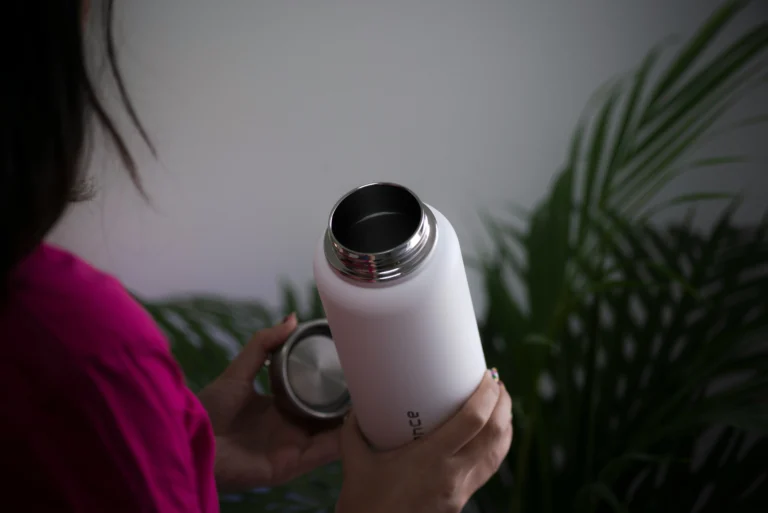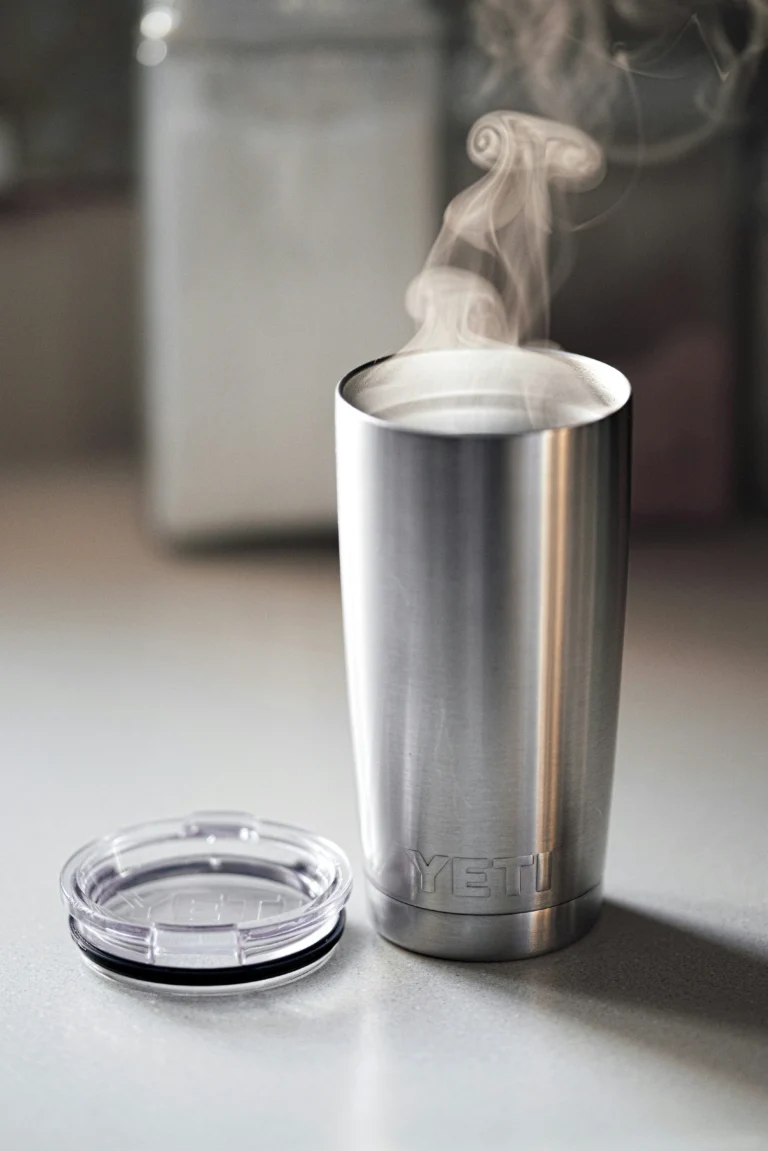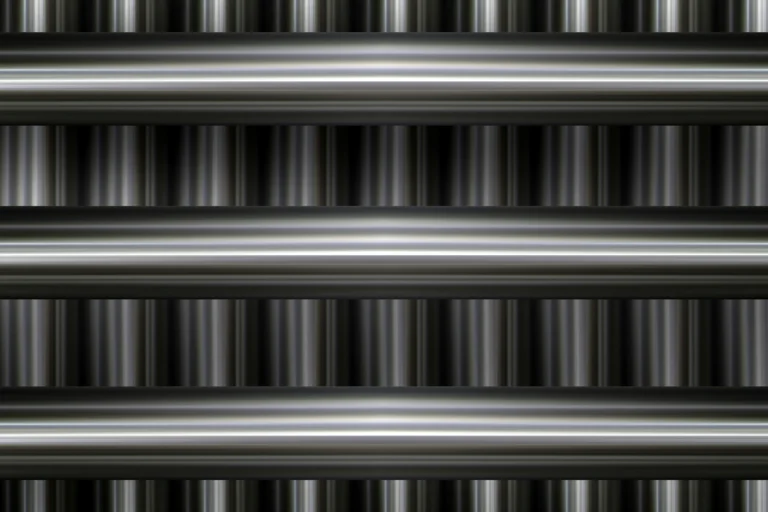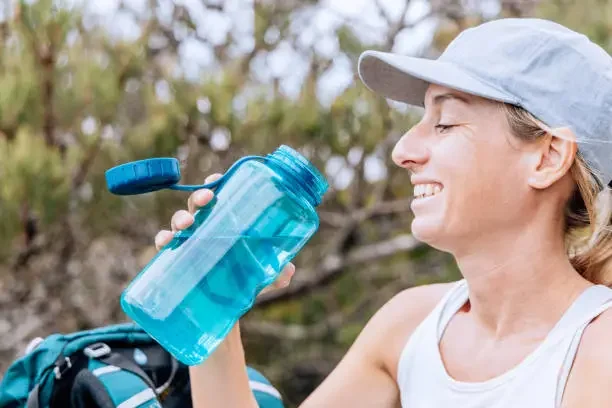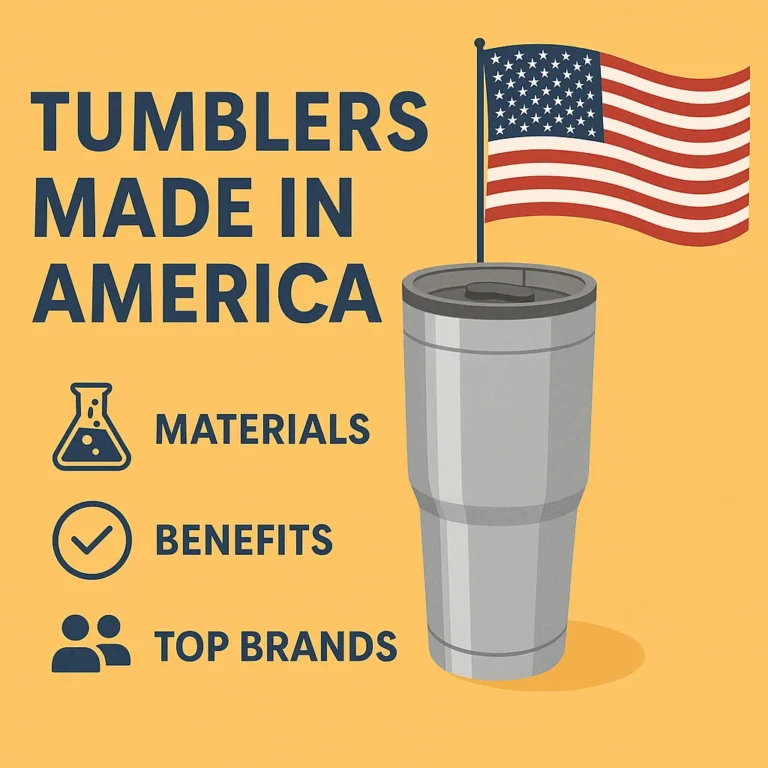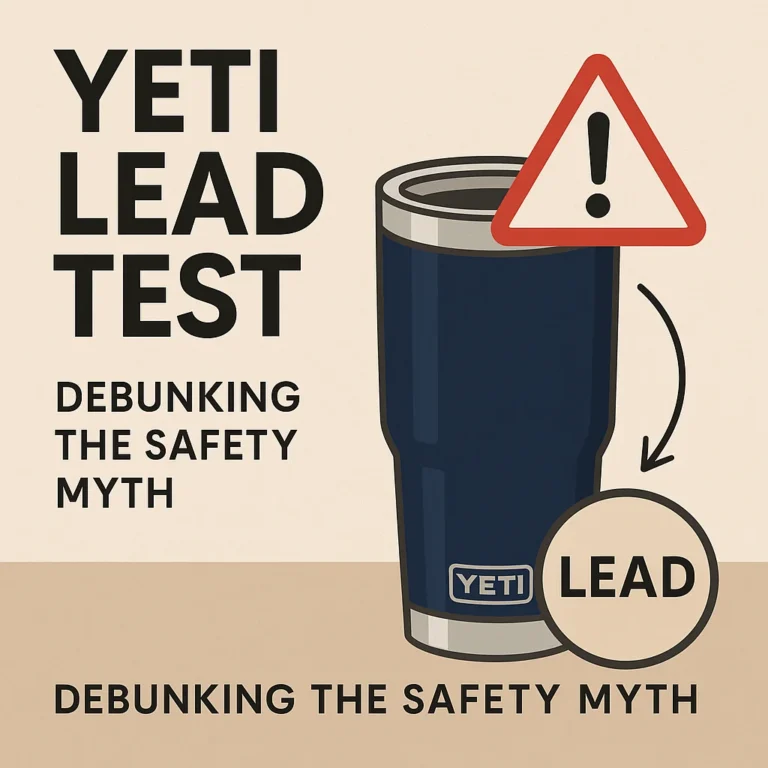One-step gift customization and wholesale — customize any product you need with ease and efficiency!
How many ounces are in a bottled water? If you’re planning an event, reading a nutrition label, or ordering bottles in bulk, knowing the standard bottle sizes can help you make better decisions.
While 16.9 oz (500ml) is the most common water bottle size in the U.S., bottled water is available in many other formats—including 8 oz, 12 oz, 20 oz, 33.8 oz, and beyond.
This guide breaks down how many fluid ounces are in bottled water across sizes, countries, and use cases—so you’ll always know which bottle size fits your purpose best.
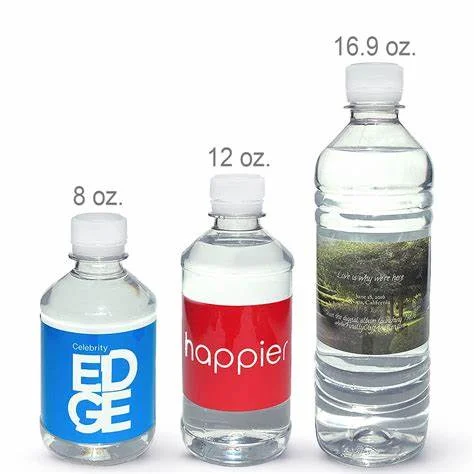
📏 Standard Bottled Water Sizes (oz & ml)
| Bottle Size (Ounces) | Equivalent in Milliliters (ml) | Common Usage Scenario |
|---|---|---|
| 8 oz | 237 ml | Kids’ bottles, small single-serve drinks |
| 12 oz | 355 ml | Light hydration, often used for soft drinks |
| 16.9 oz | 500 ml | Most common size for bottled water |
| 20 oz | 591 ml | Sports use, outdoor activities, on-the-go |
| 33.8 oz | 1 liter | Family-size, sharing, long workdays/travel |
Why Bottled Water Comes in So Many Ounce Sizes?
Bottled water is available in various sizes to meet different needs and usage scenarios. When people ask how many ounces are in a bottled water, the answer depends on the purpose, setting, and even the country. Here’s a quick breakdown:
| Bottle Size Type | Common Ounce Sizes | Typical Usage |
|---|---|---|
| Small Bottles | 8 oz – 12 oz | Portable, easy to carry, ideal for kids or short outings |
| Medium Bottles | 16 oz – 20 oz | Most common for daily use, offices, school, and retail |
| Large Bottles | 32 oz – 33.8 oz | Suitable for sports, gym, travel, or extended outdoor use |
Additionally, bottle size standards vary by region. In the United States, water bottles are labeled in fluid ounces (oz), while in many other countries, the metric system is used, typically milliliters (ml) or liters.
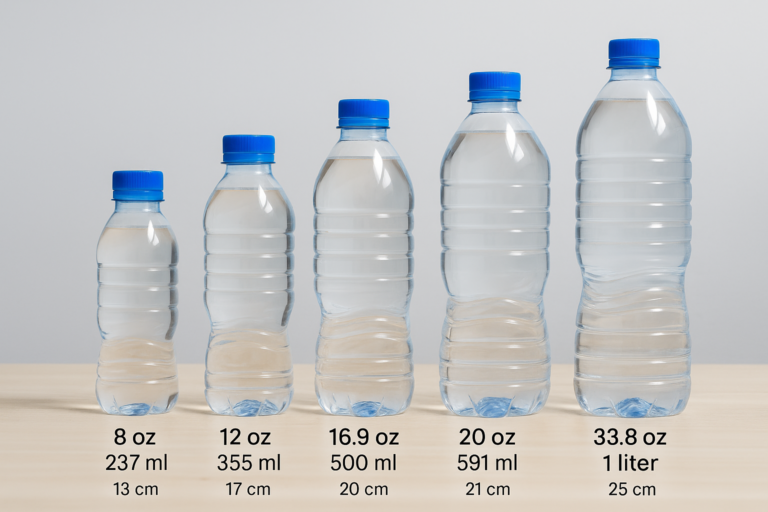
🌍 How Many Ounces Are in a Bottled Water Internationally?
| Country/Region | Typical Labeling | Common Sizes |
|---|---|---|
| USA | Fluid ounces (oz) | 16.9 oz, 20 oz |
| EU | Milliliters (ml), Liters | 500 ml, 750 ml, 1 L |
| UK / Australia | ml & L | 600 ml, 1 L |
| Japan / S. Korea | ml & L | 500 ml, 2 L |
Ounces to Milliliters Conversion Table for Bottled Water
Understanding how many ounces are in a bottled water often requires converting ounces to milliliters. Below is a quick reference table using the standard conversion:
1 oz ≈ 29.57 ml
Below is a quick reference chart to convert common ounce measurements into milliliters:
| Ounces (oz) | Milliliters (ml) |
|---|---|
| 8 oz | 237 ml |
| 12 oz | 355 ml |
| 16 oz | 473 ml |
| 16.9 oz | 500 ml |
| 20 oz | 591 ml |
| 24 oz | 710 ml |
| 32 oz | 946 ml |
| 33.8 oz | 1,000 ml (1 liter) |
| 40 oz | 1,183 ml |
| 50 oz | 1,479 ml |
🔍 Why 16.9 oz Became the Bottled Water Standard?
It’s equivalent to 500 ml—a globally recognized metric size.
Fits cup holders, lunch bags, backpacks.
Commonly sold in supermarkets, vending machines, and events.
Affordable for both retail and bulk customization.
Familiar to consumers around the world.
For most daily hydration needs, 16.9 oz hits the sweet spot between size and convenience.
So, How Many Ounces Are in a Bottled Water?
Bottled water comes in standard sizes like 8 oz, 12 oz, 16.9 oz, 20 oz, and 33.8 oz. Knowing how many ounces are in a bottled water makes it easier to choose the right size for daily use, events, or product packaging.
If you’re looking to create your own branded bottles, 👉🏻 Check out our Custom Water Bottles — perfect for bulk orders, giveaways, or promotional use.
FAQ - How Many Ounces Are in a Bottled Water?
1. How many oz is a regular water bottle?
16.9 oz (500 ml) is the most common and widely accepted size.
2. How much water is in a plastic water bottle?
Most store-bought bottles contain 16.9 fluid ounces, though some range from 8 oz to 33.8 oz.
3. How many oz is 8 bottles of water?
8 × 16.9 oz = 135.2 oz total.
4. How many ounces of water should I drink a day?
Health experts recommend between 64 to 100 oz/day, depending on your body and activity level.
This article explains how water bottle is made, walking through each step of stainless steel bottle manufacturing — from raw material selection and double-wall forming to vacuum insulation, polishing, and quality checks. It shows why these processes matter for durability, safety, and daily use, giving readers a clear view of what makes a reliable stainless steel water bottle.
The debate of 201 stainless steel vs 304 stainless steel is about cost and durability. 304 offers better corrosion resistance and is ideal for kitchens and outdoor use, while 201 is cheaper and suited for indoor or decorative projects.
This guide answers the common question: how big is a 32 oz bottle? You’ll find exact dimensions in inches, cm, liters, and cups, plus its weight when full. We compare 32 oz bottles with 24 oz and 40 oz options, showing who should pick each size. You’ll also see practical use cases—from daily hydration at the office to hiking and gym workouts. FAQs cover portability, cup holder fit, and how many refills you need per day. By the end, you’ll know if a 32 oz bottle is the right balance of capacity and convenience for you.
Discover the value of tumblers made in America. Learn how they’re made, key benefits, and the top U.S. brands offering durable, sustainable drinkware.
Home Yeti Lead Test: Debunking the Safety Myth Behind Your Favorite Tumbler Table of Contents Have you ever wondered if your YETI tumbler or bottle contains lead? In recent years, concerns about heavy metals in drinkware have sparked debates online. One of the most common questions is whether YETI cups use lead and if they…
Introduction
We are a one-stop custom gift company, offering design , personalized customization , elegant packaging, and delivery services to help you enhance brand presence and strengthen customer relationships.
©2025. yourgiftstory All Rights Reserved.

